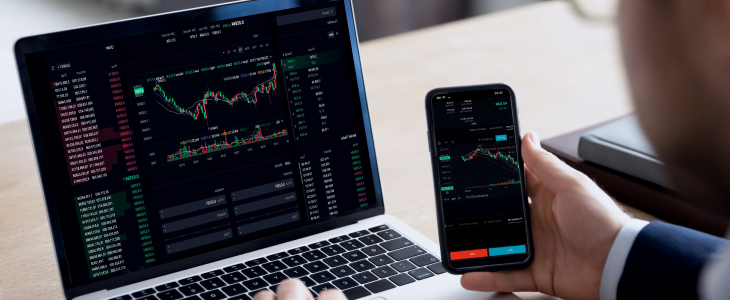
Understanding Forex Market Trading Hours
The forex market operates 24 hours a day, five days a week, providing traders with ample opportunities to engage in currency trading. Understanding the forex market trading hours is crucial for making informed trading decisions. The forex market opens in Sydney and progresses around the globe, reaching the major trading centers of Tokyo, London, and New York. This article will delve into the specifics of forex trading hours and how they influence your trading strategies. For traders looking to navigate this challenging landscape, it’s essential to connect with seasoned professionals. Check out forex market trading hours Best Jordanian Brokers to find the right support.
Forex Market Sessions
The forex market operates through different trading sessions, each associated with various global financial centers. The market sessions are generally divided into four main trading sessions: Sydney, Tokyo, London, and New York. Understanding these sessions helps traders identify the best times to enter and exit trades.
Sydney Session
The Sydney session is the first to open, starting at 10 PM GMT (Greenwich Mean Time) on Sunday and closing at 7 AM GMT on Monday. Although this session has the least trading volume, it sets the tone for the week. Major currency pairs traded include AUD/USD, NZD/USD, and USD/JPY. During this session, traders often prepare for the week ahead and react to economic news released over the weekend.
Tokyo Session
Starting at 12 AM GMT and ending at 9 AM GMT, the Tokyo session overlaps with the Sydney session. This session has a slightly higher trading volume than the Sydney session. It is often characterized by the trading of Asian currencies, particularly USD/JPY and AUD/JPY. The Tokyo session can provide traders with opportunities to capitalize on economic data releases from Japan and other Asian countries.
London Session
Opening at 8 AM GMT and closing at 5 PM GMT, the London session is the most significant trading session in terms of volume and liquidity. It accounts for approximately 35% of the daily forex trading volume. Major currency pairs such as EUR/USD, GBP/USD, and USD/CHF are actively traded during this time. The London session often reacts to news from Europe and can lead to significant price movements.
New York Session

The New York session begins at 1 PM GMT and ends at 10 PM GMT. This session overlaps with the London session for a few hours, which means that liquidity and trading volume peak during this time. The New York session focuses heavily on economic news from the U.S., impacting major currency pairs like EUR/USD, GBP/USD, and USD/JPY. Traders should be particularly cautious during this session, as volatility can lead to substantial price fluctuations.
Understanding Overlaps
Forex trading hours are critical as they influence trading strategies and risk management. Key overlaps between trading sessions (such as between London and New York) often result in increased trading volume and volatility. During these overlaps, many traders take advantage of price movements, anticipating shifts in market sentiment based on global news releases or economic indicators.
Best Times to Trade Forex
While the forex market operates continuously, certain hours offer better trading opportunities than others. The best times to trade in the forex market coincide with the overlaps between trading sessions:
- London/New York Overlap: This period occurs from 1 PM to 4 PM GMT. It is arguably the most advantageous time for traders, where liquidity is at its peak.
- Asian Session Activity: While the Sydney and Tokyo sessions might not provide the same momentum as the London/New York overlap, they still present opportunities for trading pairs involving the Australian dollar (AUD), New Zealand dollar (NZD), and Japanese yen (JPY).
Implications of Trading Hours
Understanding the trading hours does not just help determine when to trade but also informs strategies about risk management. During high volatility periods, spreads may widen, which is essential for day traders to consider when setting up their trades. Swing traders, on the other hand, may be more focused on identifying the best entry and exit points based on longer-term price movements rather than the minute-by-minute fluctuations.
Using Forex Trading Hours to Your Advantage
The key to successful forex trading lies in effectively leveraging market hours. Here are some strategies to consider:
- Time Your Trades: Identify when the best trading hours fall within your local timezone. Monitoring the movements during the overlapping sessions can lead to better entry points.
- Stay Updated on News: Economic news releases greatly impact currency volatility. Being aware of the economic calendar and news related to the currencies you’re trading can help you plan your trades accordingly.
- Develop a Strategy: Define your trading style—whether you’re a scalper, day trader, or swing trader—and optimize your trading hours accordingly for each strategy.
Conclusion
Forex market trading hours are a fundamental aspect of successful currency trading. By understanding the timing and characteristics of each trading session, traders can enhance their strategies and optimize their trading experience. Remember to align your trading schedule with the most active periods and remain aware of economic updates to make informed decisions. The forex market’s accessibility allows opportunities around the clock, making it crucial to adapt and refine your approach consistently.
